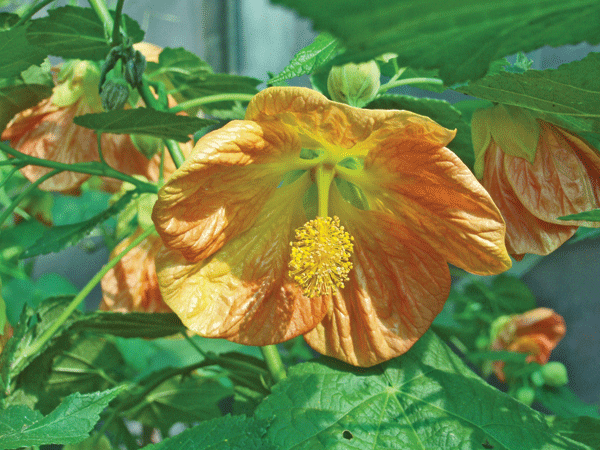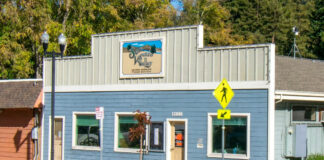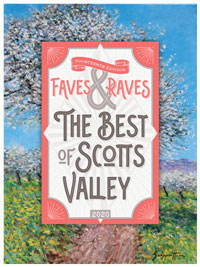A garden is the perfect example of the circle of life. A garden is nature’s way of taking and giving back life to the earth. A garden represents the infinite nature of energy.
I am reminded of this as my best friend lost her dog to cancer recently and, within a day, my niece gave birth to her first child.
A garden holds hope. And it can heal our sorrows.
I am in a garden every day.
Sometimes it’s the garden of friends I’m enjoying, or helping a client with theirs, or strolling through a public garden. And, of course, I am in my own garden daily.
Wherever I go, I receive something from the experience and try to leave some positive energy there. The events this week have me thinking about what makes a garden that heals? And, on the other side of the circle of life, what’s important in a kid- and pet-friendly garden?
Through our history, gardens have been used to aid in the healing process.
Japanese Zen gardens and monastic cloister gardens are good examples of this.
Viewing natural scenes helps us reduce stress and negative emotions and replaces them with positive feelings.
To make your garden look better and make you feel better when you’re in it, pay special attention to plant selection.
Allow the plants to dominate with a minimal amount of hardscaping. Choose plants that are fragrant, colorful, or soft to the touch.
Plants that attract wildlife make a garden a happy place. Simple and bold mass plantings are more comforting than a wild mix of many varieties. Leave that to the cutting garden.
Enclose the space to keep your thoughts inward and peaceful.
It’s just as important if you have children and pets to create a garden that is calming and relieves stress.
Picking plants for a backyard that is shared with dogs is especially important if your dog naturally nibbles on greenery or berries.
Some plants are lethal while others can cause illness or vomiting.
I was surprised to see so many common plants on the ASPCA website that could cause problems — like carnations, primroses and geraniums.
What’s safe for us — like grapes and avocado — are not good for dogs.
Check the list on the ASPCA’s website to make sure the plants your are considering are safe for your dog at http://www.aspca.org/
Plants near paths should have soft foliage without thorns and spines which can cause eye injury. Brittle plants like salvias should be in the center where they’ll be protected.
Densely planted areas are usually avoided by dogs, but planting in raised beds or mounds can help, too. Pieces of driftwood placed at the front of a border will discourage them.
Start with one-gallon or larger plants that can stand up to a little roughhousing.
Kid-friendly gardens should not contain plants that are poisonous.
Sounds like a no-brainer, but even some of our common natives — like the berries of snowberry and the leaves of Western azalea — are poisonous.
Non-toxic plants include abelia, abutilon, liriope, butterfly bush, Hens and Chicks, columbine, coneflowers, coreopsis and black-eyed Susan.
Better to check the poison control website if in doubt at http://www.calpoison.org.
What makes a great experience for a kid in the garden?
In a nutshell, you can teach children of any age about beneficial insects in a garden and other wildlife. Older kids can identify and nibble edible flowers like calendula, dianthus, nasturtiums, pansies, peas and beans.
Grow flowers that kids can cut — like zinnias and snapdragons — and plants to touch that are soft and furry like lamb’s ears.
Kids, even older ones, like hiding places, so grow one in the garden.
You can plant tall growing sunflowers in a circle, leaving a space for a “door” that kids can crawl through once the flowers have grown.
Or, you can build a simple teepee out of fallen branches or long gardening stakes and plant bean seeds around the outside.
Scarlet runner beans are also good and have tender, young pods like green beans in addition to their bright, red flowers that attract hummingbirds.
Beans grow fast and soon make a great secret hiding place.
Make your garden one everyone can enjoy.
– Jan Nelson, a landscape designer and California certified nursery professional, will answer questions about gardening in the Santa Cruz Mountains. E-mail her at ja******@*ol.com, or visit www.jannelsonlandscapedesign.com to view past columns and pictures.













